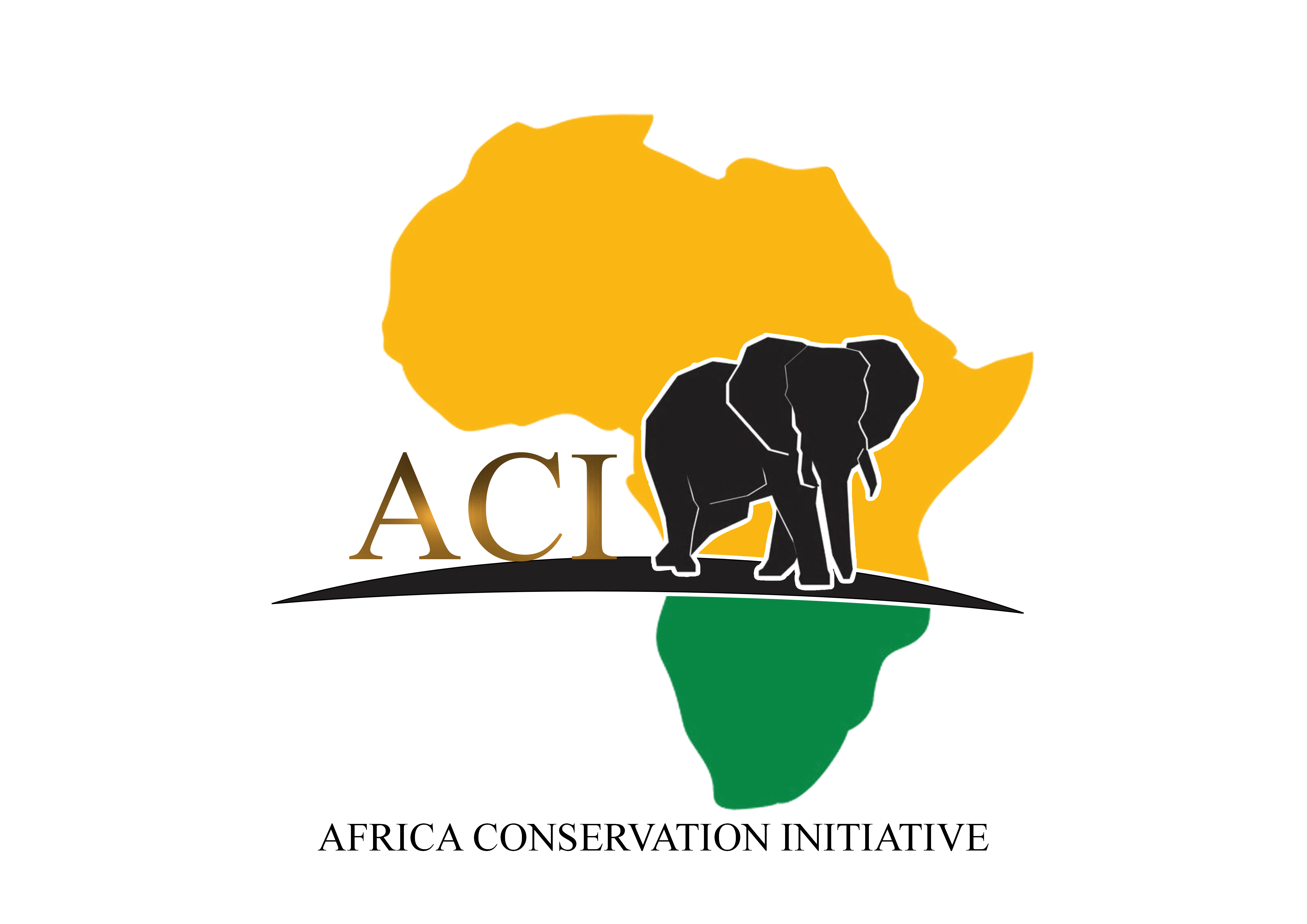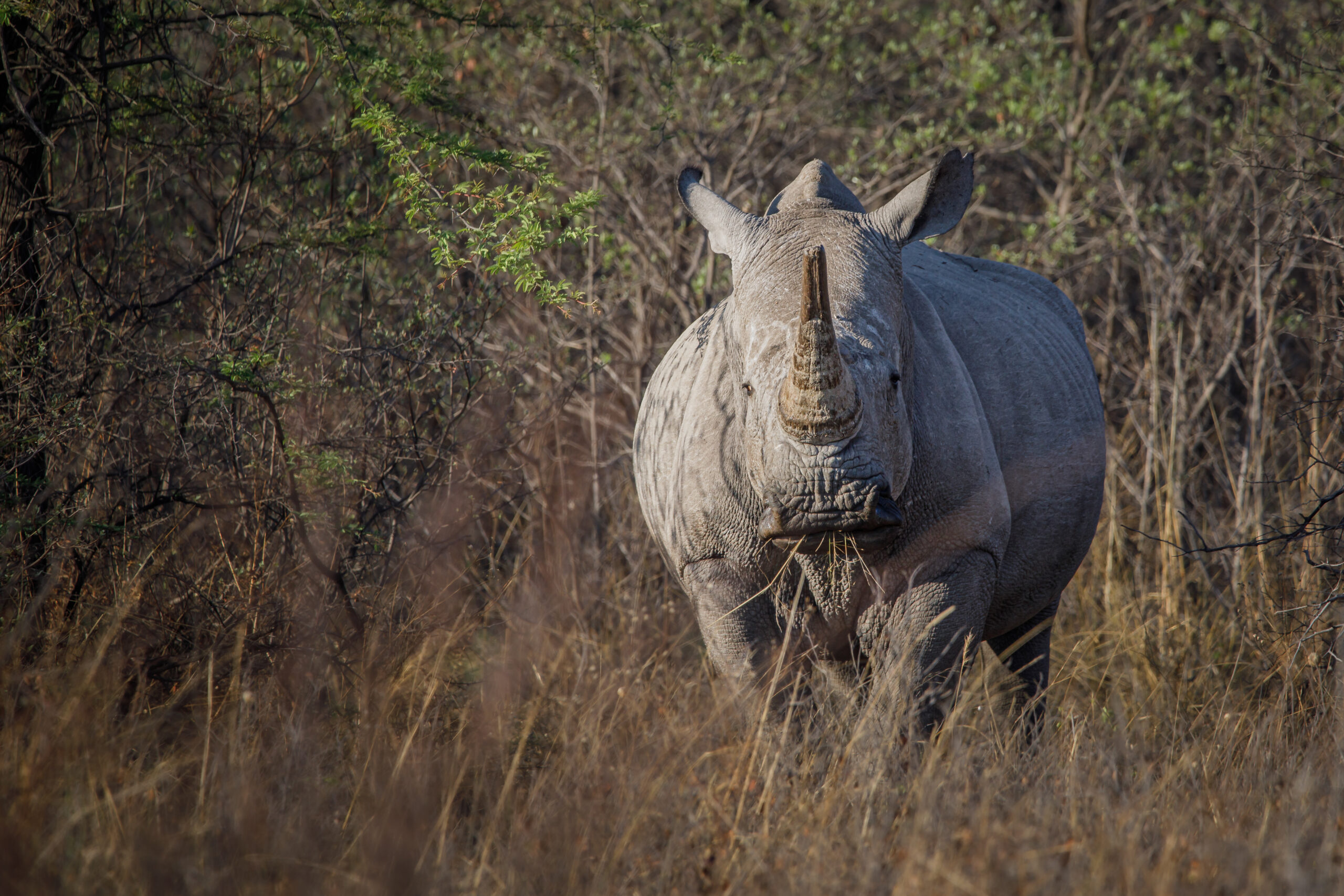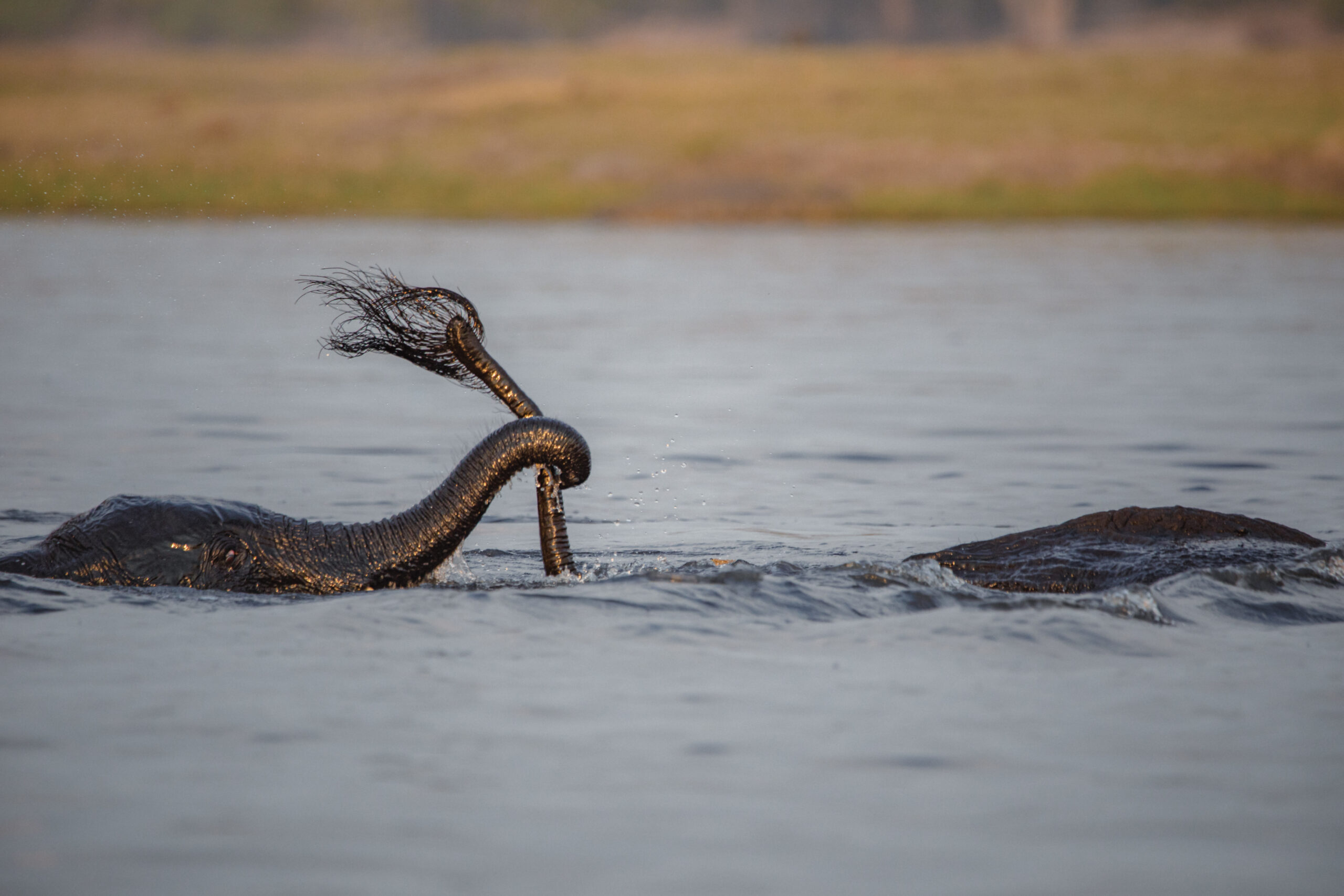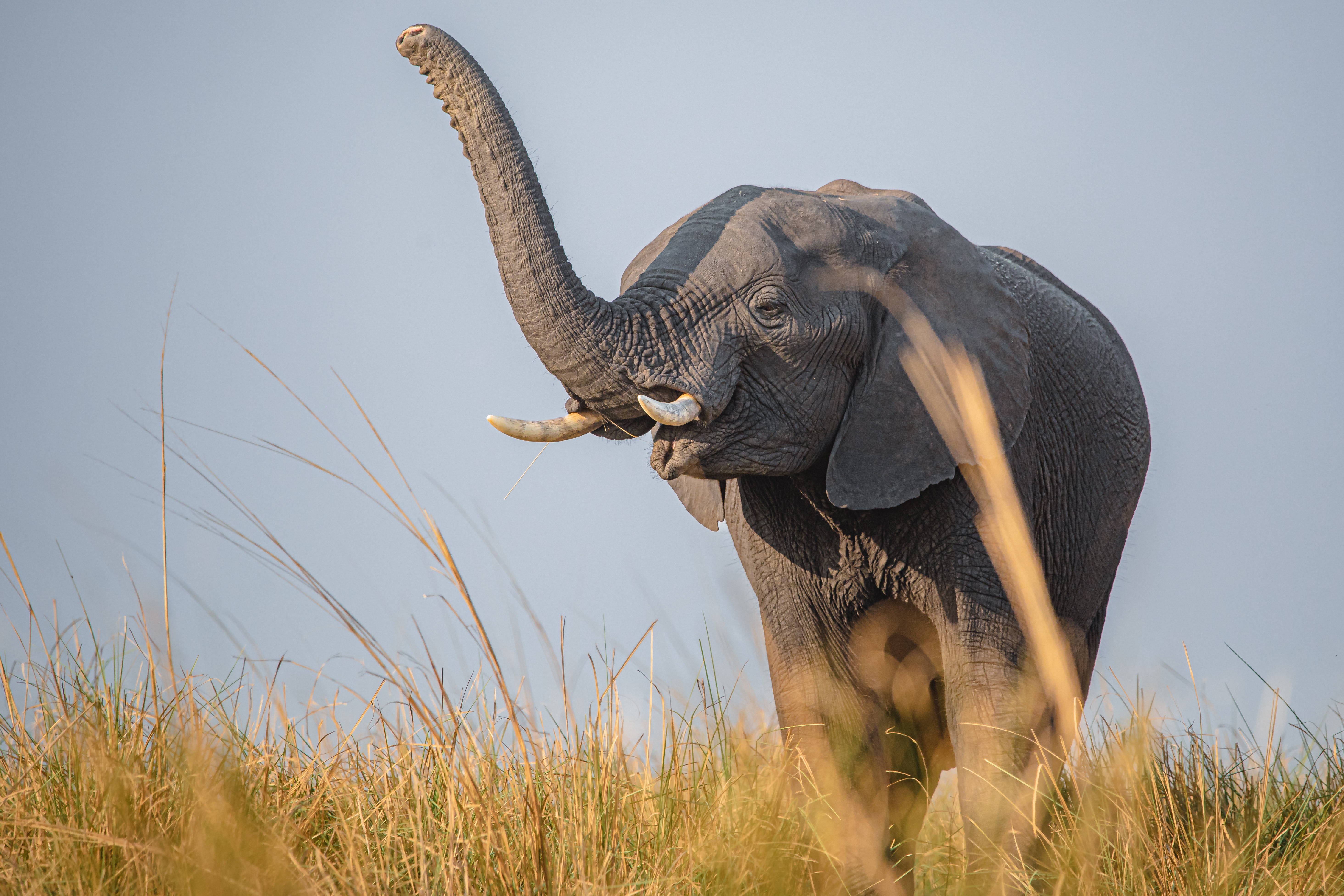Rhinos: A Species in Peril ?
In the realm of conservation, few topics evoke as much passion and controversy as the Rhino Horn Trade. The southern white rhino is categorized as “near threatened” on the International Union for Conservation of Nature (IUCN) Red List. The WWF estimates there are 15,942 white rhinos around the world.
South Africa, home to nearly 80% of the world’s rhinos, faces ongoing poaching challenges driven by demand for rhino horns in traditional Asian medicine. 448 rhinos were killed due to poaching in South Africa alone last year. But if the current conservation model is not working, what do we do?
Amidst the ongoing generic conservation efforts, a little-known event took place that challenged conventional wisdom and sparked intense debate – John Hume’s Rhino Auction. This blog post aims to shed light on this unique occurrence and delve into the controversial concept of rhino farming.
In August 2017, John Hume, a South African rhino breeder and conservationist, made international headlines by hosting an online auction. He offered over 260 rhinos from his privately owned herd to potential buyers, including game reserve owners, wildlife enthusiasts, and even trophy hunters. The auction aimed to raise funds for conservation efforts, while also presenting an alternative approach to saving the species.
The 2023 Rhino Auction
Hume’s Rhino Conservation Farm: Located in an undisclosed location within South Africa’s North West province, John Hume’s heavily guarded farm is home to approximately 2,000 southern white rhinos. The farm’s extensive security measures include miles of fences, cameras, heat detectors, and a dedicated team of rangers.
John Hume, a former businessman, invested an astounding $150 million into his philanthropic project to save the rhino population. However, after years of dedication and financial support, Hume has found himself depleted of resources.
The auction of Hume’s Rhino Conservation Farm carries significant implications for the future of rhino conservation. The sale included not only the farm itself but also its animals, land, and machinery. Furthermore, the negotiable inclusion of the farm’s preventative stock of rhino horns, valued at over $500 million on the black market, raised questions about the potential for creating a legal market to fund conservation projects.

The Concept of Rhino Farming:
At the heart of this event lies the concept of rhino farming, which challenges traditional conservation methods. Proponents argue that by farming rhinos for their horns, it is possible to meet the demand for these valuable commodities legally, thereby reducing the incentives for illegal poaching. This controversial approach has garnered both support and fierce opposition within the conservation community.
The Pros and Cons:
Advocates for rhino farming argue that it could provide a sustainable source of revenue, creating economic incentives for landowners to conserve rhinos and their habitats. They believe that by selling legally harvested horns, the market can be flooded and the price diminished, effectively undermining the illegal trade. Moreover, the funds generated from such activities can be reinvested in anti-poaching efforts, rhino conservation, and community development.
However, opponents raise valid concerns. They argue that the legalization of rhino horn trade may inadvertently stimulate demand, making it difficult to differentiate legally acquired horns from those obtained through illegal means. They also express concerns about the welfare of farmed rhinos, potential negative impacts on wild populations, and the erosion of conservation ethics.
The Hidden Event in Conservation:
Despite the significance of John Hume’s Rhino Auction and the underlying concept of rhino farming, this event received relatively little attention in mainstream conservation discourse. This lack of awareness highlights the contentious nature of the topic and the need for open and informed dialogue to shape future conservation strategies.
A Call for Sustainable Solutions:
The outcome of this auction and the media around it will shape the destiny of Hume’s beloved rhinos and the broader conservation landscape. The rhino crisis necessitates innovative, sustainable solutions that address both the economic and ecological aspects of the issue.
Conclusion
The story of John Hume’s Rhino Auction and the concept of rhino farming highlights the complexity of conservation challenges and the diverse viewpoints within the field. While this event may have remained largely unknown, it has ignited important conversations surrounding the future of rhino conservation. As we navigate the road ahead, it is crucial to foster dialogue, engage in rigorous research, and consider the potential benefits and risks associated with innovative approaches. By doing so, we can strive to protect these iconic creatures and find sustainable solutions to secure their future.





